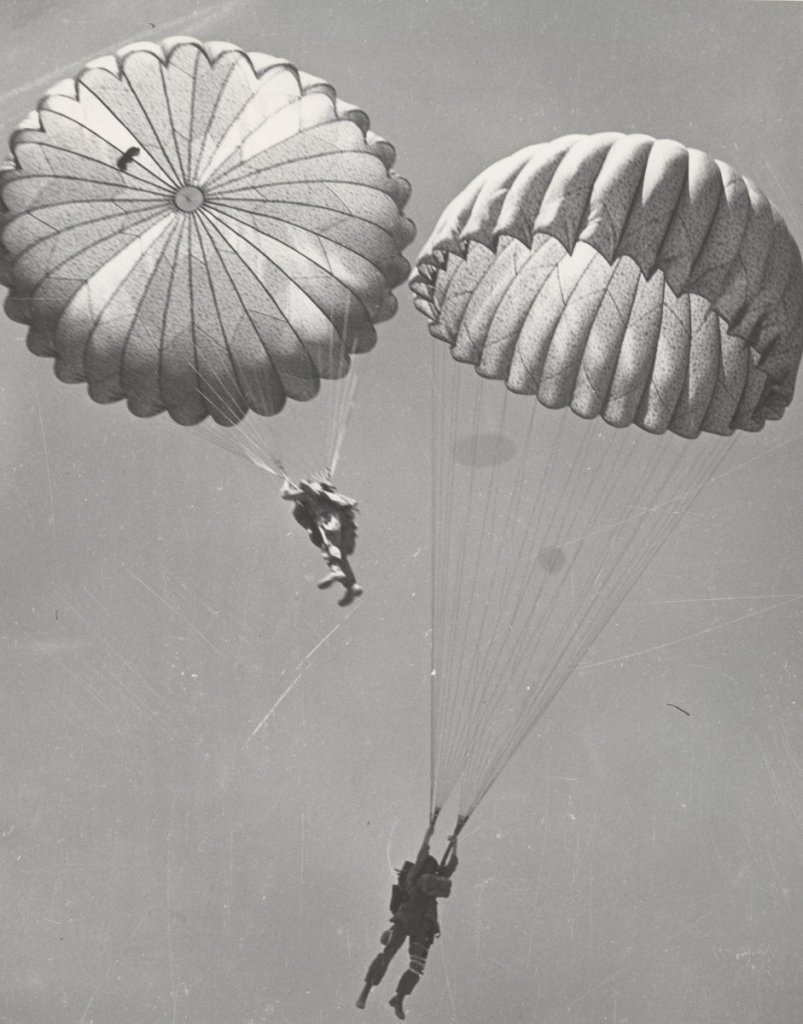

During World War II, Maj. Claude Hensinger had to bail from his B-29 bomber. When he jumped out of his plane, he was packing a parachute that turned out to suit a number of purposes for a wayward pilot, not the least of all ensuring he came to Earth with a thud instead of a splat. It also turned out to be a blanket, a pillow, and a wedding ring.
Hensinger and his crew had just successfully made a bombing run over Yowata, Japan but on the way back to base, one of their engines caught fire. Instead of heading home, everyone had to bail out over China. In 1944, survival was anything but guaranteed in that part of the world. Much of China was still occupied by the Japanese, who were always on the lookout for down Allied aviators.
As if roving Japanese troops wasn’t enough, the nights were cold, dark, and long on the ground there. He didn’t know if he was even in occupied territory. Hensinger was also injured from landing on a pile of sharp rocks and was bleeding. He kept a hold on his parachute, even after landing. It was a good thing, too. The chute kept him warm and kept his bleeding to a minimum.
Eventually, he made it to safety and then the comfort of the United States.

When the war ended, he returned to his native Pennsylvania, where he reconnected with a friend from his childhood — a girl named Ruth. The two began dating and in 1947, Hensinger wanted to propose to his lifelong friend. When he got down on one knee, he proposed to her without a ring. Instead, he held his lucky parachute in his hands. He told Ruth how it saved his life and that he wanted her to fashion a wedding dress from the dirty, blood-stained nylon.
Of course she said yes. To both questions. As she pondered how to make the paratrooper’s dream gown, she began to worry about how she could ever turn the nylon into a real wedding dress. One day, walking by a store, the inspiration came to her. She passed a frock that was itself inspired by one worn on Scarlett O’Hara in the 1939 film Gone With the Wind. She patterned the dress to match that while designing a veil and bodice to boot.

While another local seamstress sewed the veil and bodice, Ruth sewed the skirt, using the parachute strings to lace the skirt higher in the back than in the front. Keeping with tradition, Hensinger didn’t get to see his wife’s parachute dress until she walked down the aisle. He was a happy man, according to Ruth.
The couple was married for 49 years before Hensinger died in 1996. In the years between, two other generations of women were married in Ruth Hensinger’s parachute dress. The dress is now on display at the Smithsonian Institution’s Museum of American History.
